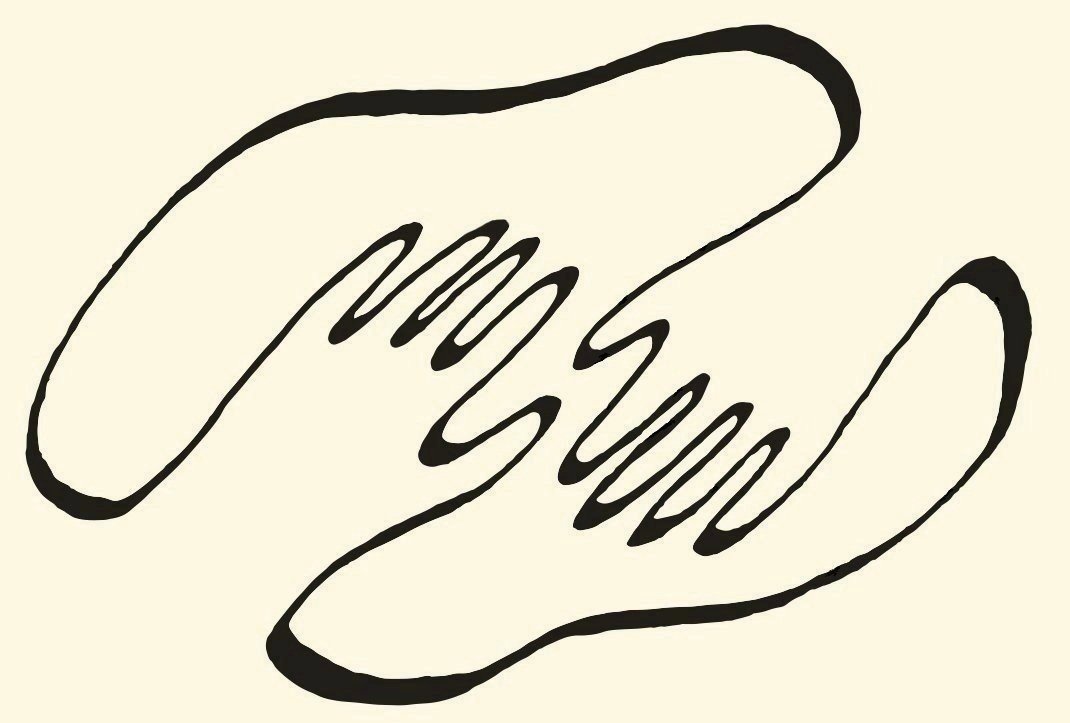Swedish Baked Rice Pudding
It is like a big game of Tetris to think about what food looked like long ago. You piece together clues and hints until you have some semblance of a whole, but even that is guesswork.
I am the youngest of three brothers, by seven years and by ten years, and the youngest cousin on the Johnson side of the family. It’s a very Scandinavian family, primarily Swedish with a bit of Norwegian mixed in as well, that emigrated here as Johansens when Minnesota was being settled by northern Europeans seeking out a landscape like their own, “settled” here meaning a forced removal of indigenous peoples to open up land for farming. My family opted for dairy farming, though I believe grew their own vegetables as well. Many families grew beets for sugar. Wheat, a lot of rye, and more crops from the old world were also in abundance.
It becomes especially confusing to think about your family’s foodways when you are the youngest, because someone like my oldest brother has ten more years of memories from family traditions than I do. When my last grandparent died when I was in college, I collected all the recipe cards and old cookbooks from her apartment to try to piece together some sort of Johnson family food history. There were some old school Scandinavian classics–pickled herring, rice pudding, lefse–but there were far more recipes from the late 1900s that showcased the quickly changing American pantry and diet, one wowed by convenience and awed by shortcuts: jello salads, green bean cassseroles, quickbreads galore, a whole lot of Cool Whip.
Who can blame them? Many rural dairy farmers like my own family, who had grown and produced much of their own food for over a century, welcomed a bit more ease into their life. But it is not as romantic to write of these dishes as it is to unearth the old rye bread recipes, or the pickled and preserved things that rural families needed to make to survive the winter. Only in the last thirty years or so has the culinary eye turned back towards folkways of old––this is perhaps the benefit to being the youngest, that, at almost thirty, I am eager to look backwards towards the past. Fermentation is having a moment; older grains are labeled as “ancient;” grass-fed dairy, free-range chickens, heirloom beans, all things Organic–consumers seek out new products made with old methods, whether out of nostalgia or health-concerns or genuine curiousity.
Still, those jello salads were a big part of American food culture for a time, and ever-present at the church potlucks of my youth. Writing a family cookbook, I had to pay as much attention to these family relics as I did the older ones. The Canon, as it were, of American family foodways has always been shifting, has never been stable. I had to get over my own nostalgia to begin to piece it together.
Here’s one of the most important Johnson family recipes that I recorded, and my favorite of our family Christmas spread. A rice pudding where the yolks go into the base and the whites are whipped into a meringue that goes on top. Find the one almond hidden somewhere inside and you’re the next in line to get married or have a child. I always thought this was a purely old-school recipe, but I once asked my aunt the secret to how she makes it so well every year and she assured me it was the microwave, which she uses in short bursts to gently cook the custard while not curdling the egg yolks. Plus, the cornstarch and the instructions to cook the rice “according to the package” hint at modern adaptations on an older reicpe. I’ve had luck with the stovetop instead of the microwave; just be sure to cook on low to medium heat. So, choose your own adventure with this one, Old World or New.
Rice Pudding
Makes: 1 deep 10” glass dish
½ C. uncooked rice
4 C. milk
3 T. cornstarch
¾ C. + 2 T. sugar
½ t. salt
4 eggs
1 t. vanilla
Cook rice according to package. Put 3 C. milk in microwave safe bowl. Heat 3 minutes on medium. Add the rice, cornstarch, salt, ½ cup of the sugar, and the remaining cup of milk and heat 2 minutes. Separate the yolks from the whites of the eggs. Whisk yolks into the bowl and microwave on medium, stirring every 2 minutes until thickened. Add the vanilla and put mixture in a buttered oven safe dish. Whip 3 of the reserved egg whites and the remaining 6 T. of sugar and beat on high until stiff peaks form. Spread over the top of the pudding and bake at 400 degrees for 8-10 minutes until the meringue browns. Serve with Swedish Lingonberry preserves
